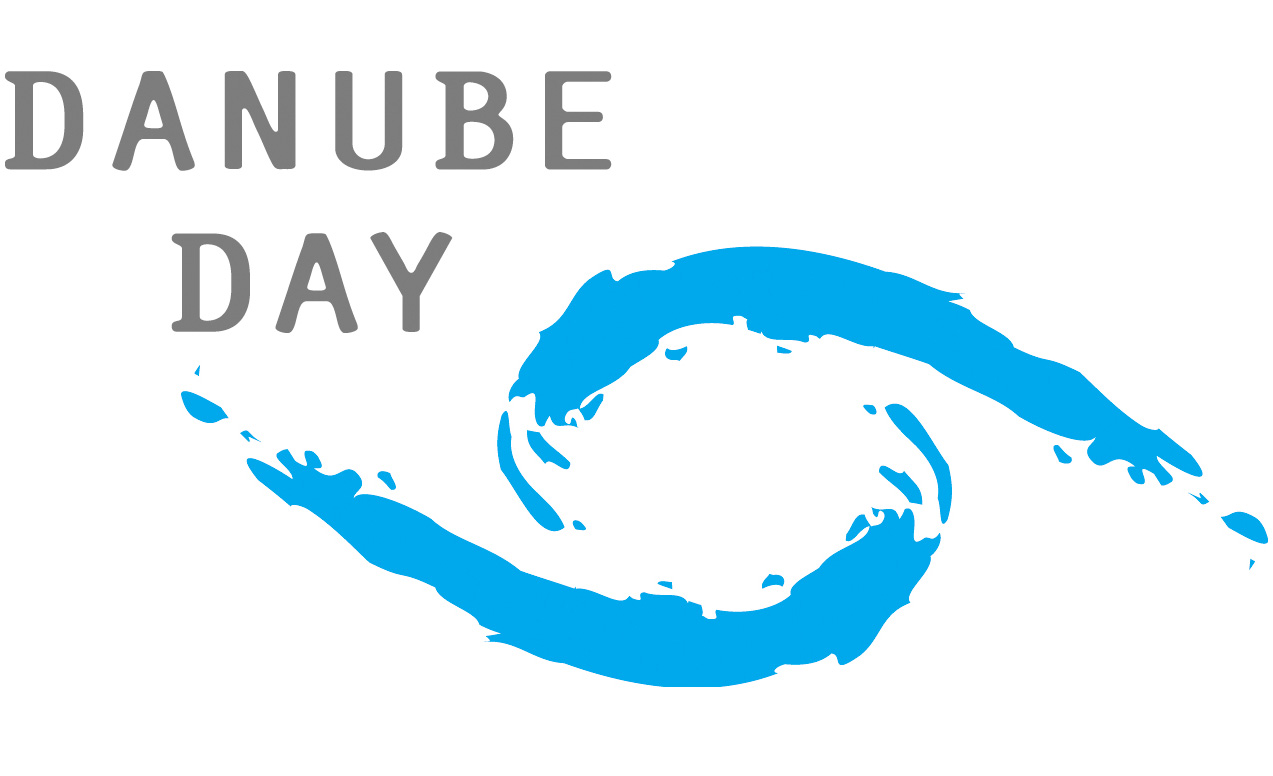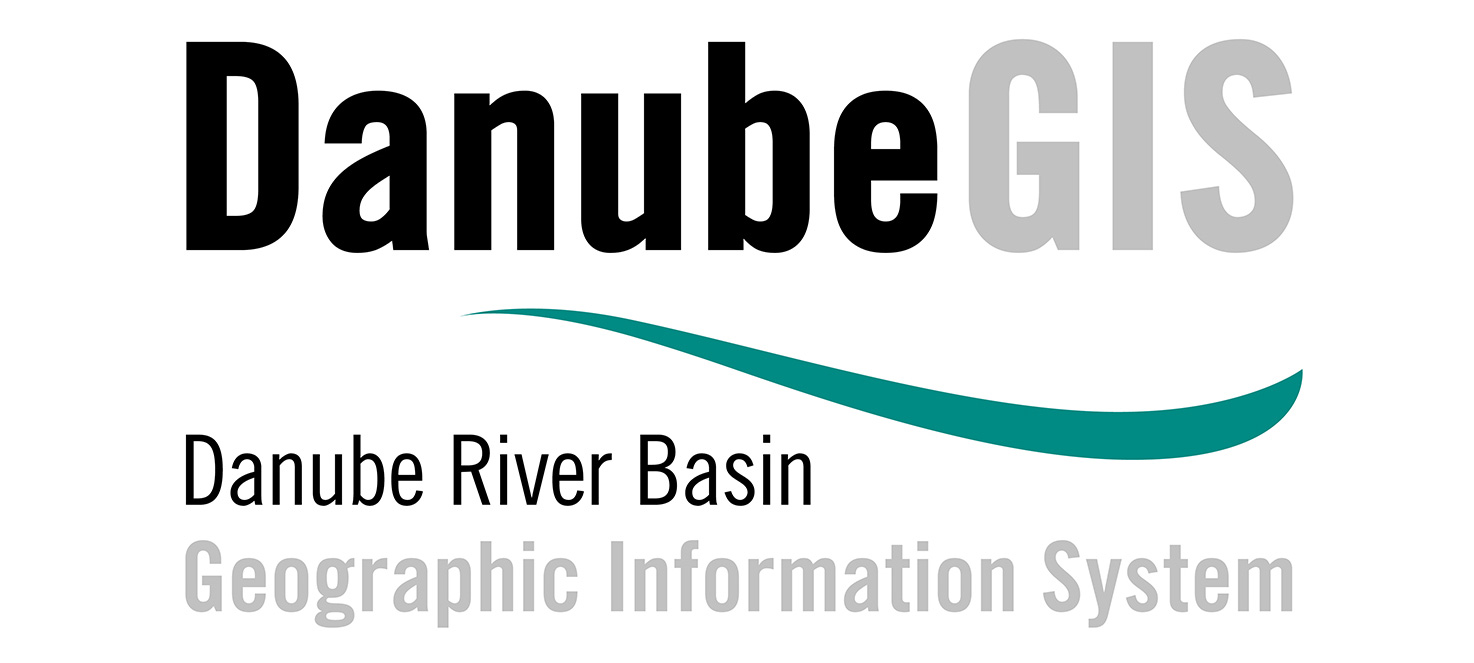The Danube at UNESCO: JDS5 Featured at Global Water Science Celebration
Paris, 12 June 2025 – As UNESCO celebrates 60 years of global water science and the 50th anniversary of the International Hydrological Programme (IHP), the ICPDR proudly contributed to this international milestone by co-hosting a side event that placed the Joint Danube Survey 5 (JDS5) firmly in the spotlight.
Organised in partnership with the Federal Ministry of Agriculture and Forestry, Climate and Environmental Protection, Regions and Water Management (BMLUK), the event—titled “The Joint Danube Survey 5: Science, Society, and the Invisible in the River – Bridging Science to Citizens” - highlighted the Danube River Basin as a global example of innovation, cooperation, and citizen engagement in water management.
Held at UNESCO Headquarters in Paris, the session showcased how JDS5, now in its fifth cycle, is redefining how freshwater systems are monitored, understood, and protected in the most international river basin in the world.
Spotlighting Innovation and Inclusion in River Basin Monitoring
The event opened with a comprehensive overview of JDS5 by Birgit Vogel, Executive Secretary of the ICPDR. Ms. Vogel emphasised the importance of JDS5 not only as a scientific initiative, but also as a vehicle for regional cooperation and public participation.
Igor Liska, ICPDR Technical Expert, presented the structure of the JDS5 scientific programme, outlining how the initiative harmonises water monitoring practices across 14 Danube countries and supports the Danube River Basin Management Plan Update 2027.
Expert contributions included:
- Helmut Habersack (Austria) on hydromorphological monitoring and innovative methodologies,
- Momir Paunovic (Serbia) on classical approaches to biological and biodiversity assessments,
- Paul Meulenbroek (Austria) on the integration of environmental DNA (eDNA) techniques to detect previously invisible aquatic life,
- Caterina Cacciatori (Joint Research Centre, European Commission) on the JDS5 Citizen Science Programme, involving students from across the basin in real-world water quality monitoring.
Key Themes from the Session
- The Power of eDNA: This transformative technique enables scientists to detect genetic traces of life forms in water samples, vastly expanding biodiversity knowledge and supporting evidence-based river basin planning.
- From Science to Application: JDS5 is setting a benchmark in the Danube Basin for the standardisation and replication of advanced monitoring tools—supporting better data quality and international collaboration.
- Citizen Science as a Cornerstone: For the first time in the JDS programme, young people are contributing data through a coordinated Citizen Science initiative. Participants are receiving official certification and are invited to visit the ICPDR Secretariat at the VIC in Vienna.
- Bridging Science and Communication: One of JDS5’s greatest strengths is how it translates complex science into accessible stories and visuals—bringing together researchers, decision-makers, educators, and the wider public.
A Platform for Shared Knowledge and Joint Action
The session concluded with a Q&A discussion, reinforcing JDS5 as a flagship for coordinated scientific progress and inclusive participation in transboundary water governance.
As the 2025 cycle of JDS5 unfolds, this event served as a timely reminder of the Danube’s role in shaping international standards for integrated, science-based water management, demonstrating how cooperation, innovation, and public involvement can drive meaningful impact from source to sea.





